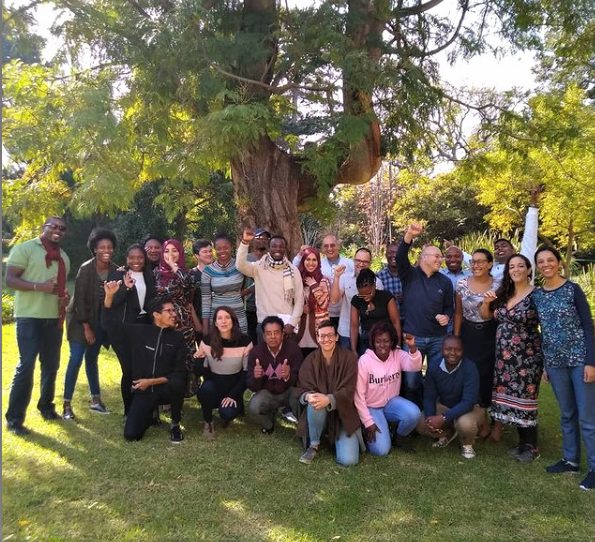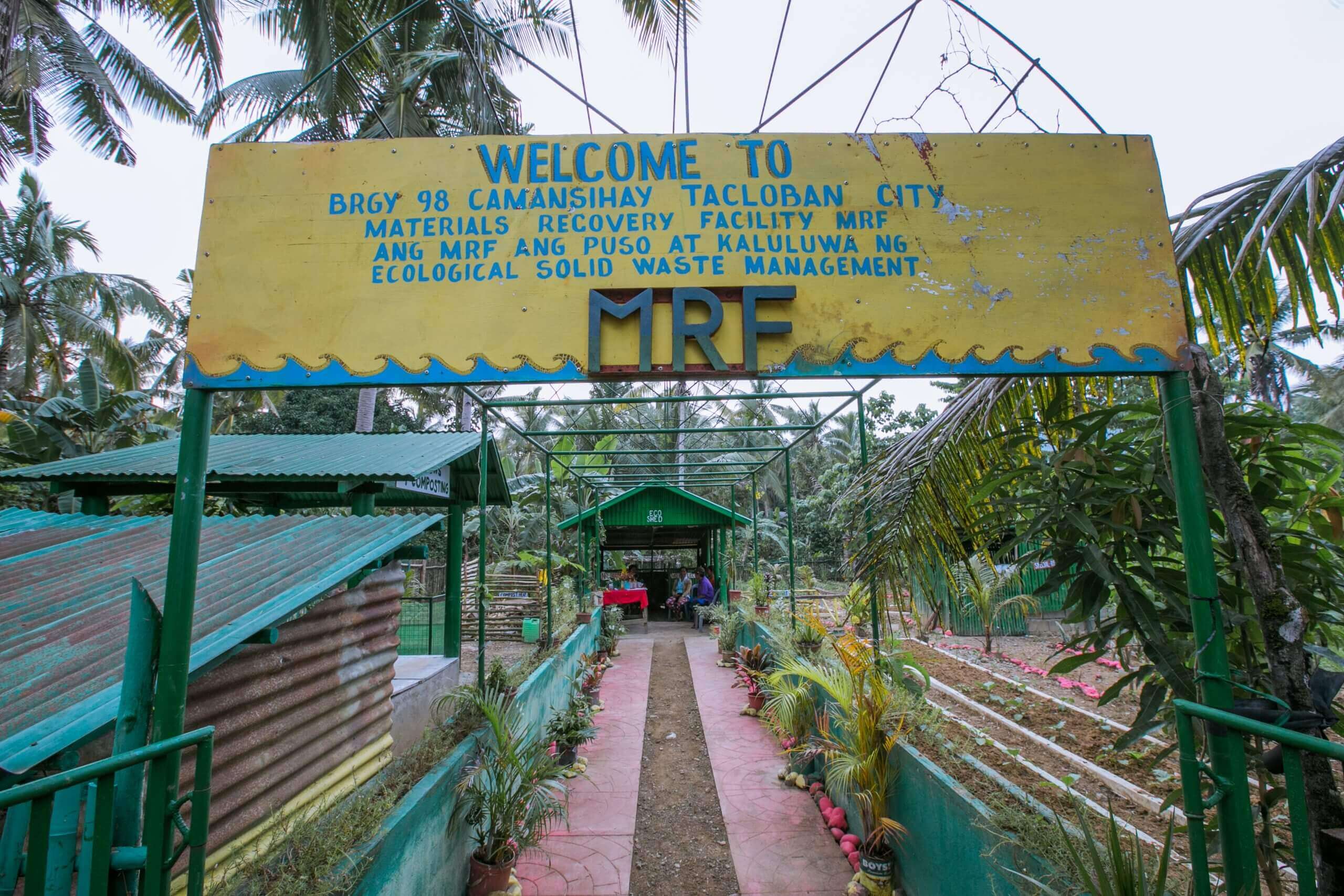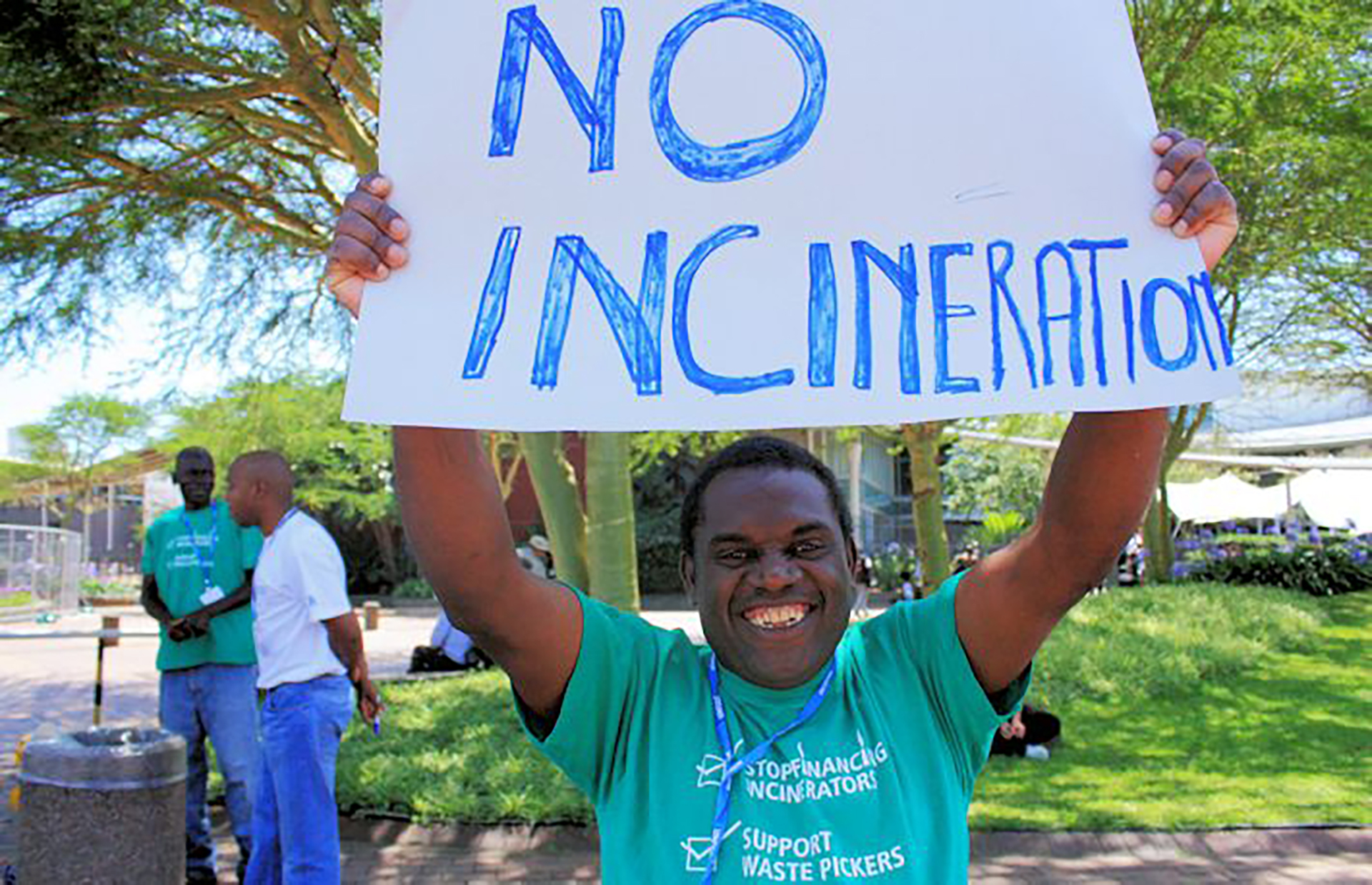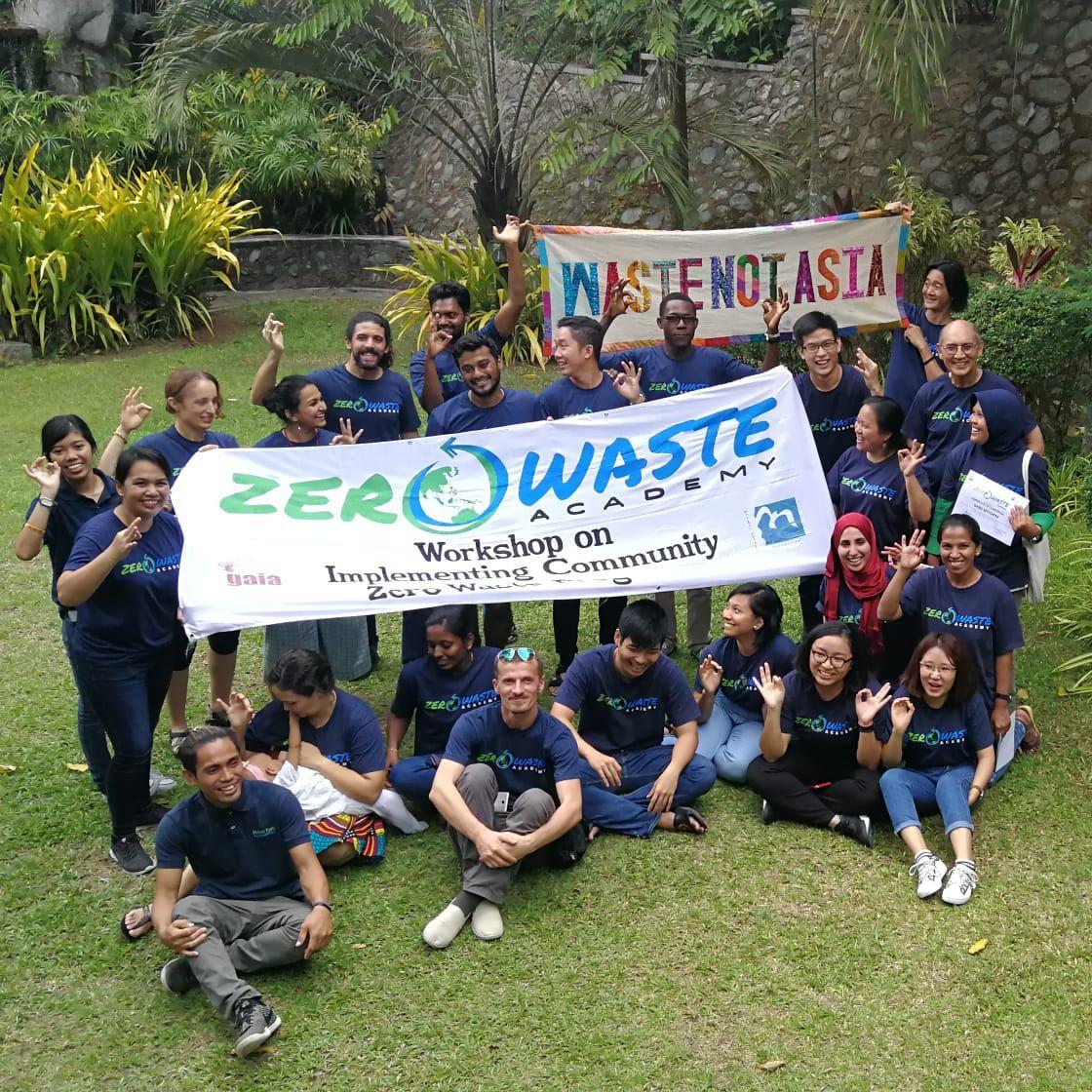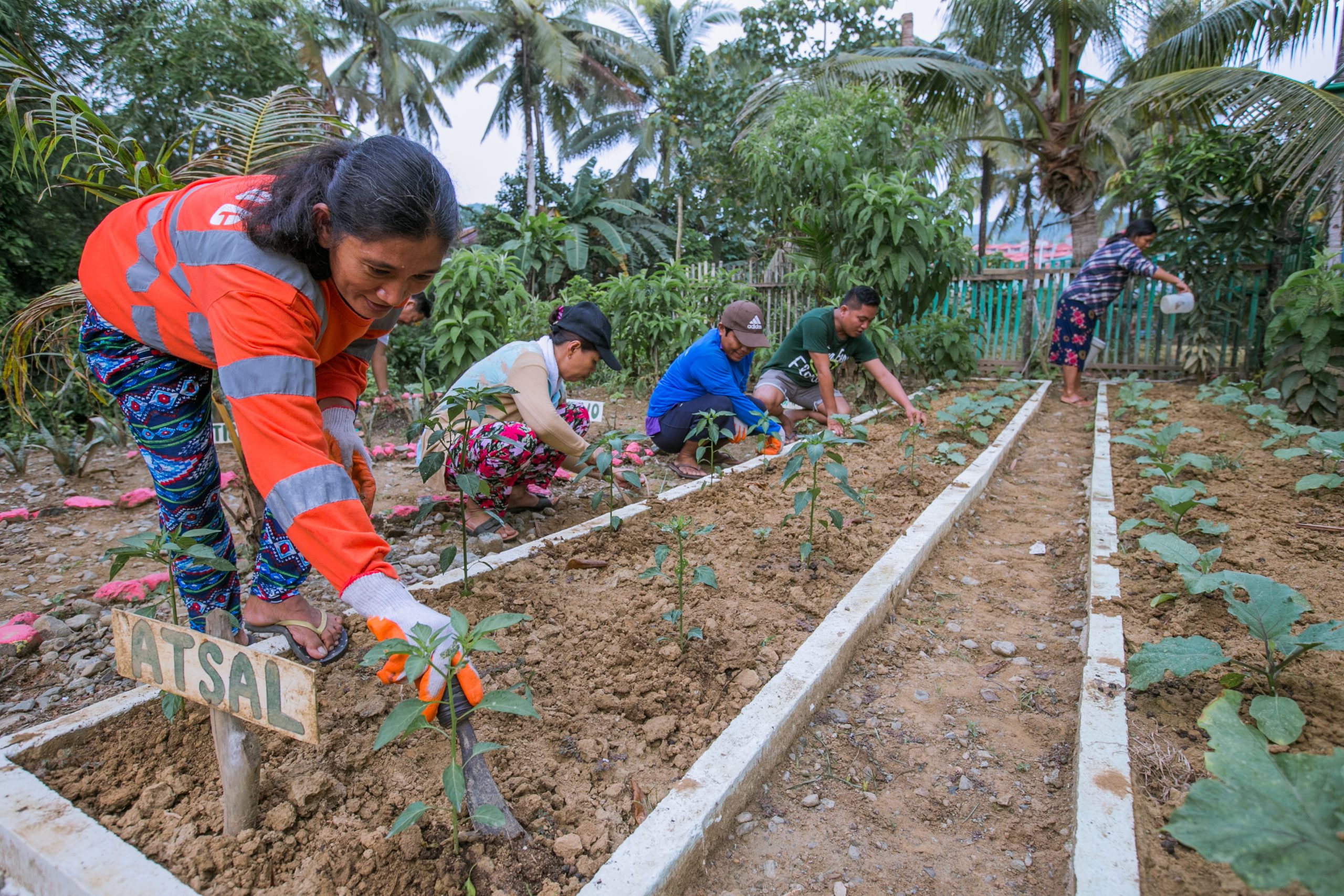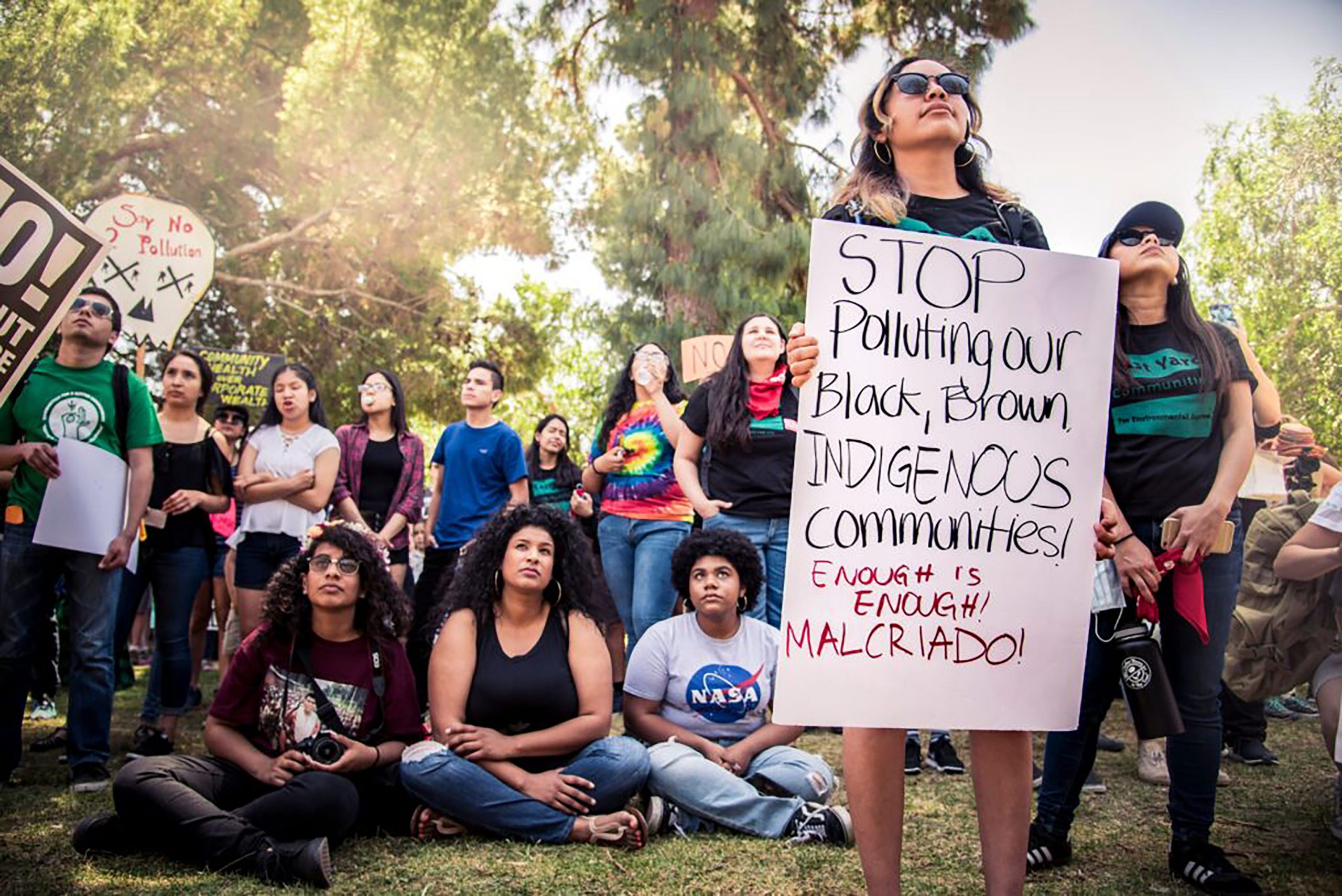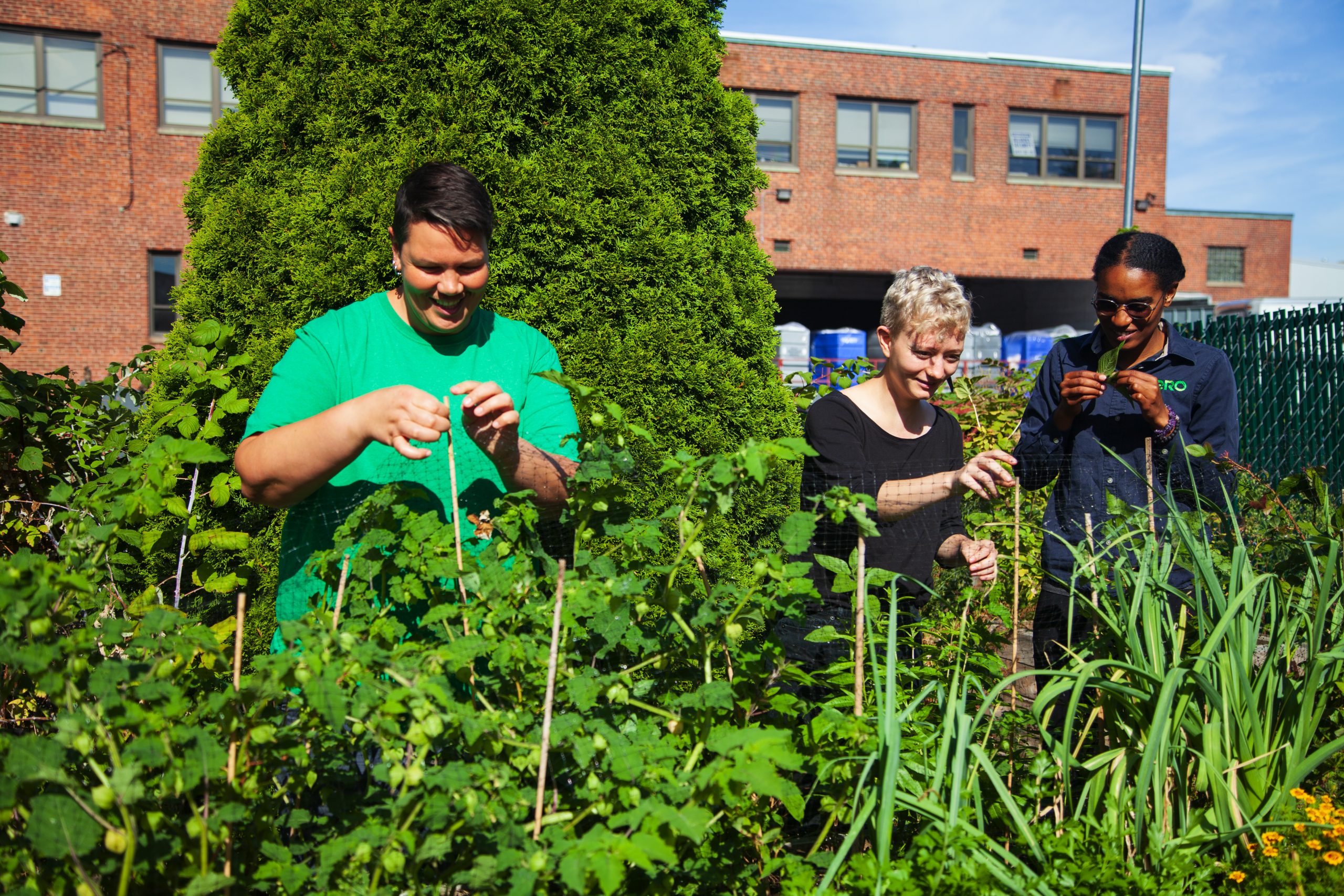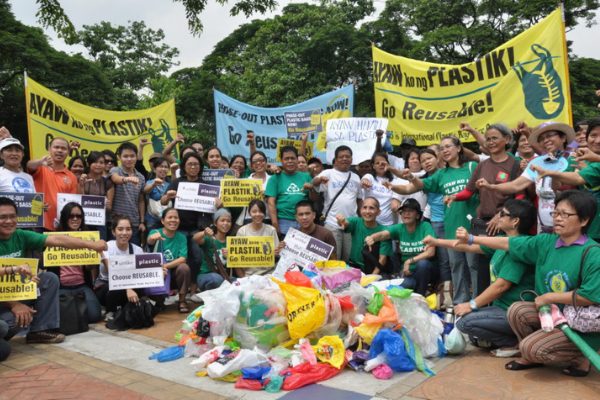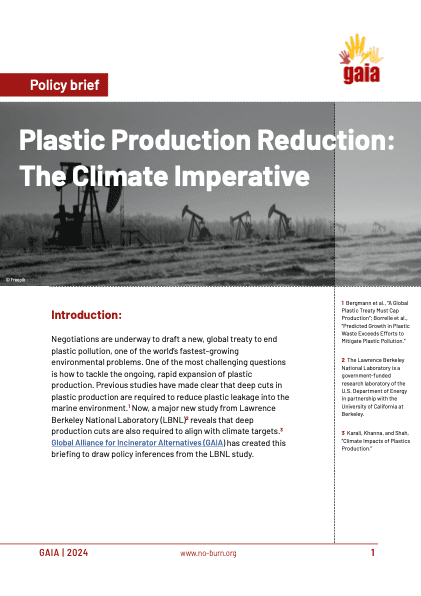When China instituted their new policy, Thailand saw the largest percentage increase of foreign waste imports from the previous year, at over 1000 percent. Much of the imported trash was absorbed into the country’s waste and recycling infrastructure, exacerbating existing issues of a mostly unregulated, and sometimes violent, industry.
Sarayoot Sonraksa is a shrimp farmer and a former biochemist. The community asks him for help when they are having trouble with water, electricity or local disputes. They also complain about illegal dumping, the choking smell from burning plastic, or their fields singed and barren from industrial waste dumping. He says dealing with the waste industry is the most dangerous thing he has to do.
Sonraksa has received three direct threats from the mafia, two in 2015 and one in 2018. They were serious enough that he’s gone into hiding. Dr. Somnuck, a researcher who focuses on plastic waste, was run off an illegal dumpsite by men in a van, brandishing guns.
The threats haven’t stopped Sonraksa or Dr. Somnuck. But in 2013, an environmental activist named Prajob Nao-opas1 was assassinated for protesting against illegal dumping, so the possibility that one of these gangs will make good on their threats is always in the backs of their minds.
Imported plastic waste enters Thailand by way of the deep water port of Laem Chabang. Police and customs authorities have apprehended shipping containers packed with plastic scrap contaminated with waste at Laem Chabang, though others have made their way into Thailand’s dumps, processing plants and recycling factories.
As Dr. Somnuck drove from the clean industrial parks and tidy warehouses near Laem Chabang where licensed processing facilities operate, to Chacheongsao, the broad, paved highways gave way to narrow roads with ragged edges flanked with farmland; there were fewer cement houses and more made from corrugated metal, hammocks hung from trees and waterwheels spun in shallow fish ponds.
He explained that at each step in the global chain of the recycling industry, each player—from sophisticated waste management facilities in the United States and other wealthy countries, to the licensed factories getting the first take of imported plastic scrap—skimmed off what was valuable to them, and passed ever-less valuable, more difficult-to-process waste to the next facility.
The lowest-grade waste is taken to places like the village of Kok Hua Khao in Chacheongsao.
An agricultural district adjacent to Bangkok and within trucking distance of Laem Chabang Port, Chacheongsao is accessible to the sources of plastic waste but far enough away that enforcement becomes lax. Sayaroot Sonraksa, the activist and shrimp farmer, said recycling factories have operated here with little oversight for years. He has encountered instances of workers melting plastic without respirators, toxic liquids being poured into farmlands and trash burned at night.
Sonraksa said he has snuck into one dump to inspect the activities. “The moment I stepped in, I felt bad.” After he went home and took a shower, “I could still taste the chemicals in my mouth.”
He points out that the chemicals are still in their groundwater: “we also have fish farms, shrimp farms, and it’s going to the U.S.”
“We’re leaving the burden of disease to future generations,” Dr. Somnuck said. “It’s not happening now, but it will affect people later.”
He lists off some of the health effects of plastic waste: miscarriages, infertility, premature delivery. Toxins can accumulate in the respiratory systems, or there can be chromosomal effects in the tissue of humans or fish.
Driving through the village, Sayaroot Sonraksa and Dr. Somnuck point out signs of plastic pollution: a spot where waste was buried, a cluster of homes where three or four people have complained of respiratory issues.
Kuchon Umsawat, 49, says his land is fed by a stream that runs next to the plastic recycling factory. Last year, one of his fishponds turned a startling shade of bright orange. He took a bamboo pole and stirred the water; it was thick and murky. When he had it tested, it was contaminated with 14 kinds of heavy metals and other pollutants.
“The vegetables didn’t survive,” Umsawat said. The fruit trees are still there—tamarind, bananas, oranges, rose apples and pomelos. He said wouldn’t dare to eat them, or even sell them. He estimates that because of the plastic pollution he makes 100,000 Thai baht less per year, or about US$3,000. He can no longer water the grass, which means he doesn’t have enough hay to sell or feed to his cows. He has to buy water from a local dealer so his cows can drink. The costs add up, and he’s had to sell two of his six cows because he couldn’t afford the water.
He was shocked to learn that the trash came from North America. “It makes no sense,” he said. “How did it end up here?”
“It’s toxic trash and we are living here,” Umsawat said. “It’s very bad they are doing this to Thailand.”
“If Thai people knew before we wouldn’t want to accept it,” Suthep Bhumin, the local village leader said. “Even the domestic trash is a burden for us.”
